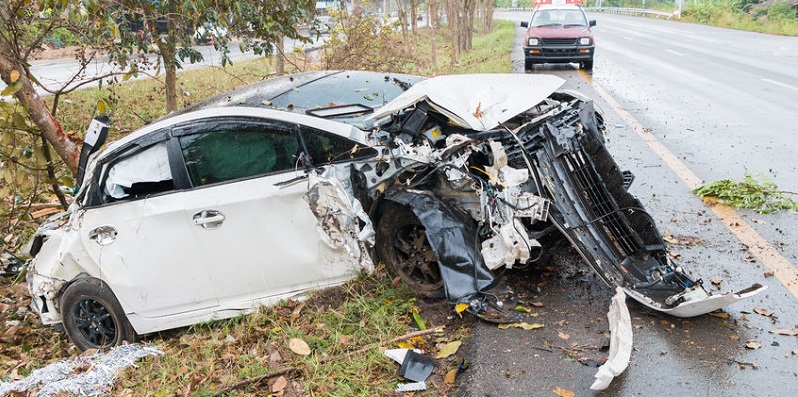An extra 1,000 pounds of weight added to a vehicle makes that vehicle safer for its occupants, but in the event of a car accident, can increase fatalities of occupants in other, lighter vehicles by nearly 50 percent.
The National Highway Traffic Safety Administration (NHTSA) recently reported on a large scale study it had done on fatal crashes, and it noted the correlation between the model year (MY) of a vehicle and the severity of the auto accident. In other words, researchers found that as a vehicle ages, occupant safety decreases. That’s an important statistic to note because May is historically one of the busiest months of the year to purchase a vehicle. According to a leading digital automotive marketplace, Memorial Day weekend kicks off one of the busiest times for car dealerships, so if you are one of those driving an older vehicle, now may be the time to start doing your research to try to get into a new model.
Safety Issues With Older Vehicles
NHTSA researched 2012-16 crash data from the Fatality Analysis Reporting System. What NHTSA discovered is somewhat shocking. For instance, fatal accidents involving a vehicle that was 18 years of age or older killed 50 percent of the occupants of those older vehicles. By comparison, 27 percent of occupants were killed in accidents when the vehicle they were riding in was three years old or less.
As for why there’s such a vast difference in the number of fatalities, the NHTSA research didn’t point to any one problem but did find something interesting that may point to why older vehicles are less safe to drive. Researchers from Berkeley delved into the production of vehicles dating back decades and found that from 1975 to 1980, the average weight of a vehicle dropped nearly 1,000 pounds. By the mid-2000s, the weight of the average car was back up. These researchers noted that an extra 1,000 pounds of weight added to a vehicle makes that vehicle safer for its occupants, but can increase fatalities of occupants in other, lighter vehicles by nearly 50 percent.
Also, older vehicles are just not equipped with newer, life-saving technology; some older vehicles don’t even have airbags or any alarm system to note when a seatbelt has not been fastened. So, if you are driving a much older vehicle, and if you are in the position to upgrade, now may be the time as we hit the peak of car-buying season. And on that note, there is some great news.
Safety Features in New Cars May Reduce Fatalities in Auto Accidents
Around the globe, auto experts agree that newer cars are safer than ever. Technology has a lot to do with it, but according to one engineer, materials that vehicles are made out of are also improving, starting with steel. As noted in an article a few years ago, over the past decade, steel has been getting stronger and the way it’s being used today is also making vehicles stronger, and safer.
When it comes to new vehicles, a national highway safety organization has come out with its 2018 safest picks, and for those in Colorado, there’s good news when it comes to popular vehicles purchased in the state. Subaru is one of the most popular automakers in the state, and according to the latest safety list, five Subaru models are listed among the safest vehicles in 2018.
If you are driving an older vehicle, and if you are in the position to purchase something newer, do your homework as there is now a lot of information available on vehicle safety ratings. You may find that what you like is also highly rated for safety, and that’s a purchase that is a win-win situation for you and your passengers.

